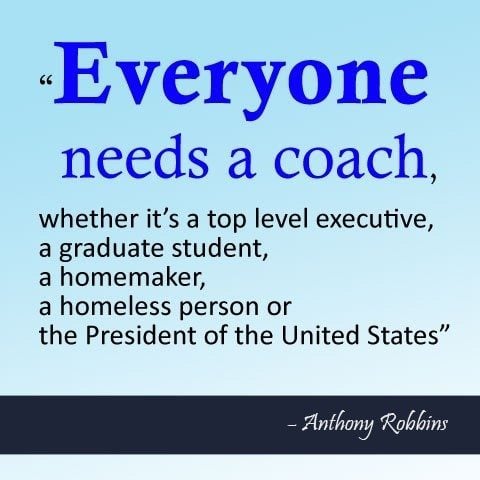Apr 8, 2024 in Coaching
The Art of Positive Discipline: Practical Tips for Parents
Learn key strategies to implement guidance discipline effectively, nurturing your child's growth.
It's your turn now! Let's support each other by clicking "Helpful".
+1

DISCUSS #Relationship
DISCUSS #Parenting
There exists an essential distinction between discipline and guidance, a distinction that parents must grasp. Why is discipline and guidance important? Typically, when individuals mention “discipline,” they refer to authoritarian discipline. The concept of another approach seldom crosses their minds.
Discipline entails yielding to authority, while guidance involves assisting the child in discovering their own controls and behavioral means as they gradually integrate into the adult world. A comprehensive guiding approach equips a growing child with self-control and a versatile skill set for various scenarios. It’s crucial to understand that guidance is discipline too! That what is positive discipline and guidance.
Add to myWE:
How do you implement discipline in children? Children, by nature, are generally cooperative. They respond well to respectful treatment and when they feel heard. While guidance may demand more time than authoritarian discipline, the rewards can be significantly more profound for both parent and child.
The Five Tips You Can Use To Implement Guidance Discipline
1. Develop a Strategy
It is more effective to be authoritative than authoritarian in guiding children towards independence, impulse control, and responsibility as they mature. Prevention is better than cure; anticipating and addressing breakdowns and transitions in advance can work wonders.
Rules must be firm, consistent, and fair, based on the belief that they are attainable. There is no point in setting rules and goals that are unachievable.
Conscious communication is essential. Acknowledge that triggers are internal and not caused by external factors. Blame is common but counterproductive. Be authentic; never blame your child for your emotions. Differentiate between stimuli and causes of emotions. Resolve conflicts using non-violent communication: “I feel because my needs for xyz are not met, would you be willing to _.”
Transitions can be challenging, especially for children who struggle with the concept of time. Use inexpensive digital clocks to help them transition smoothly. For example, for a child engrossed in a game, discuss transitioning to dinnertime by asking, “When do you think you can hit the next level?”
If there are objections, listen and use the word “and” to consider both perspectives. Acknowledge their viewpoint before sharing your own. Both perspectives are valid.
2. Positive Guidance
Be mindful that using demanding language can trigger retaliation, rebellion, and resistance (the 3R’s). Children who seek belonging will likely cooperate, while those who are more autonomous may resist authority. In guiding, parents act as conductors of an orchestra, cultivating a family environment where heartfelt connection fosters self-initiated cooperation and contribution.
Aim to “catch them doing it right” and highlight their positive actions. For instance, if a child approaches a lonely peer to invite them to play, you can say, “When you approached the boy sitting alone and asked him if he wanted to play with you, I was really touched because I know not everyone knows how to join in. It can make such a difference to have someone take the first step and include others.”
Provide choices to children to give them a sense of autonomy. For example, when a child refuses to get into the car, you can say, “I can help you into the car or you can get into the car by yourself. What would you prefer?” However, when offering choices, listen for underlying issues and reflect them back. For instance, you can say, “It seems like you are really enjoying your buddies, and getting in the car now is hard.”
Encourage children to provide detailed answers to questions to help them articulate their problems. If they find a task difficult, ask them what specifically makes it challenging. They may not have the words yet to express their difficulties, so be prepared to support them.

3. Understand Your Child’s Likely Response
Children respond differently to stimuli depending on their age. From birth to age two, children are dependent on caregivers and learn through sensory experiences and physical activities. Language and reading skills develop between ages two and six, along with signs of independent behavior and thought. From ages six to 12, there is an acceleration of independence, self-control, and a greater ability to process information and make decisions based on complex outcomes.
4. Create a Nurturing Environment
Raising children in a nurturing environment within an authoritative context is crucial. While this may seem obvious, it can be easy to overlook. Children learn more effectively, are more receptive, and are more inclined to independent thought, learning, and response in a nurturing environment.
Nurturing messages are positive and encouraging. Phrases like “I love you,” “you can tell me,” “I know you can do this,” and “I know you want to learn” create a conducive environment for growth.
As a parent, it is essential to be in control of your emotions and prioritize the parent-child relationship. Maintain eye contact and get down to their level when communicating, affirming your connection with them.
5. Model Self-Discipline
Discipline with guidance should not include timeouts, as they can hinder a child’s emotional development and lead to confusion about how to respond to punishment. Harsh treatments yield harsh results; nurturing your child’s self-discipline should be the goal. Children who receive discipline without love may struggle to control their personal development and lives.









 Thank you for your help!
Thank you for your help!